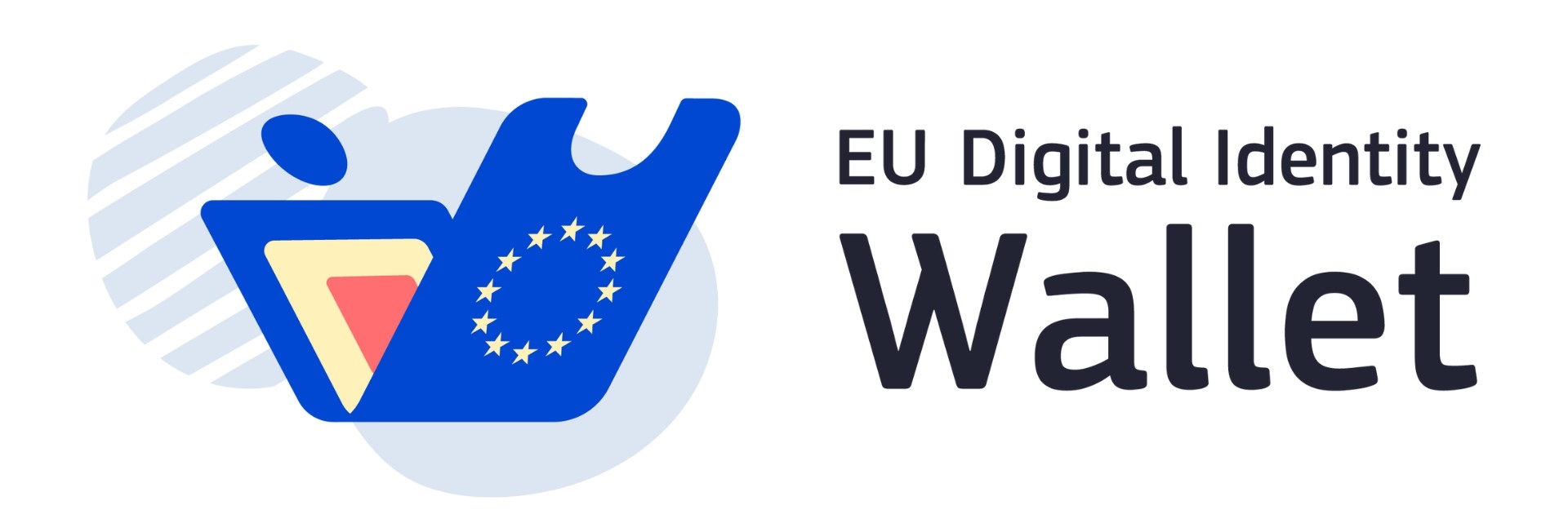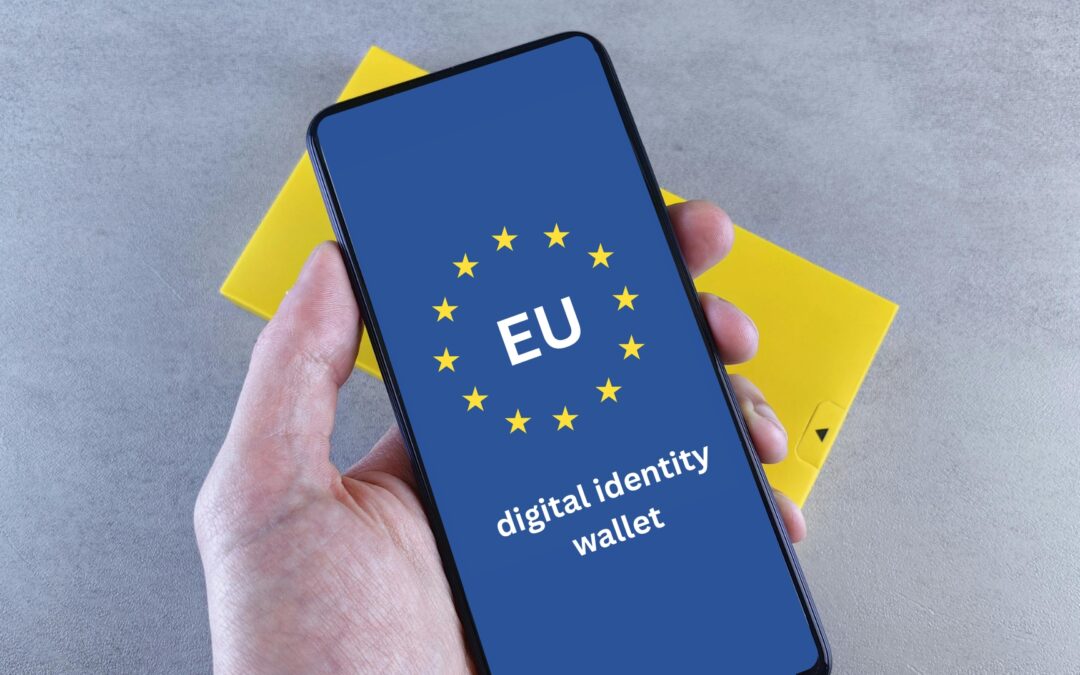The European Digital Identity Wallet (EUDIW) is set to revolutionize how European Union (EU) citizens and businesses interact with digital services. It is introduced by the updated eIDAS Regulation (Regulation EU 2024/1183 amending Regulation EU 910/2014 as regards establishing the European Digital Identity Framework), and it provides a secure, interoperable, and privacy-preserving framework for digital identification and access to trust services across all EU member states.
What can you do with EUDIW?
EUDIW, usually used as an application installed on the phone, is designed to be used both by “natural and legal persons across the Union with a harmonised electronic identification means enabling authentication and the sharing of data linked to their identity.”, as eIDAS Regulation explains.
The entire ecosystem built around the wallet has a wide range of real-world uses:
- Identification & Authentication: Secure login to public and private services, replacing passwords and SMS codes with wallet-based verification.
- Qualified Electronic Signatures (QES): Legally binding digital signatures for contracts and official documents. [1]
- Storage and presentation of verifiable credentials like diplomas, health insurance cards, and travel documents.
- Government Services: Access to services like tax filing, passport applications, and social security.
- Education & Healthcare: Proof of academic qualifications and prescription management.
- Specific use cases per industry, such as providing proofs of professional qualifications for architects, engineers and the other professions defined by OUG 140/2020 regarding the use of electronic documents in the fields of construction, architecture, and urban planning.
EUDIW allows individuals to prove certain identity attributes such as: the age (i.e. being over 18), place of residence or student status (i.e. for free public transport) and other identity attributes, without revealing the rest of the identity information.

Photo source: European Commission
The EUDIW ecosystem
The EU framework for digital identity includes legal obligations and technical specifications.
Legal framework:
- Regulation EU 2024/1183
- Implementing acts
- Member state regulations, such as those required to designate national actors
Technical specifications:
- Architecture and Reference Framework (ARF)
- Standards developed by several organisations, including:
– ETSI (European Telecommunications Standards Institute)
– CEN (European Committee for Standardization)
– CSC (Cloud Signature Consortium)
– OpenID
The wallet ecosystem is complex, with ARF 2.2.0 [2] outlining the roles of its actors.
All actors use open standards and interfaces to communicate , enabling the citizens and the businesses to present the identity attributes stored via the wallet.
Central to the ecosystem is the user and its EUDIW application (wallet unit):
- The core information stored in the wallet is the PID (Personal Identification Data), similar to the information from an ID card.
- The wallet also stores attributes from Authentic Sources (AS) that are issued by Electronic Attestation of Attribute Providers (EAA), with the most trusted being those from Qualified EAA.
- The relying parties provide services to the user, and they may request access to the wallet to obtain identity attributes or authenticate the person. Only the user decides if he/she grants access to the attributes.
Which are the legal obligations?
By December 2026, each Member State must provide at least one European digital identity wallet to individuals and legal entities. By the same date, the public services shall be able to issue identity attributes to the wallet and shall be able to accept these attributes when citizens are using EUDIW to authenticate or to share data linked to their identity.
By December 2027, large private service providers (e.g., banks, telecoms, healthcare, transport, utilities etc) must accept the wallet for authentication and identity verification, upon the request of the user.
How to prepare?
Authentic Sources such as local and central authorities, universities, professional bodies, etc. shall be able to issue identity attributes and provide them to EUDIW. They can do this directly, by implementing all the technical and procedural mechanisms that allow them to become a Public Electronic Attestation of Attributes Provider (Pub-EAA) or by integrating with a QEAA.
Relying parties such as public sector entities, universities, financial institutions, telecom or transport operators etc. shall be able to interface with the EUDIW, accept and use attributes from the wallet.
To be ready for the adoption of the wallet, organisations shall familiarize themselves with the legal and technical requirements and develop interfaces and connectors to their systems. Pilot projects are a pragmatic approach that allow to test early how EUDIW can be used and integrated.
certSIGN has created a demo ecosystem that simulates all the actors and includes the interconnection APIs, to help organisations prepare for the adoption of the wallet. [3]
References
[1] certSIGN. Semnătura electronică calificată. https://www.certsign.ro/ro/semnatura-electronica-calificata-solutia-pentru-o-digitalizare-simpla-si-sigura/
[2] European Digital Identity. Architecture and Reference Framework. https://eu-digital-identity-wallet.github.io/eudi-doc-architecture-and-reference-framework/2.2.0/architecture-and-reference-framework-main/
[3] certSIGN [2025]. Portofel identitate digitală. https://www.certsign.ro/ro/produse/identitate-digitala/portofel-identitate-digitala/

Cluj IT will not be liable for any false, inaccurate, inappropriate or incomplete information presented, as the authors are free to choose their approach and relevant topics, within the general guidelines of the newsletter. The opinions expressed by the authors and those providing comments are theirs alone, and do not reflect the opinions of Cluj IT.
Certain links in the articles or comments may lead to external websites. Cluj IT accepts no liability in respect of materials, products or services available on any external website which is not under the control of Cluj IT.




























